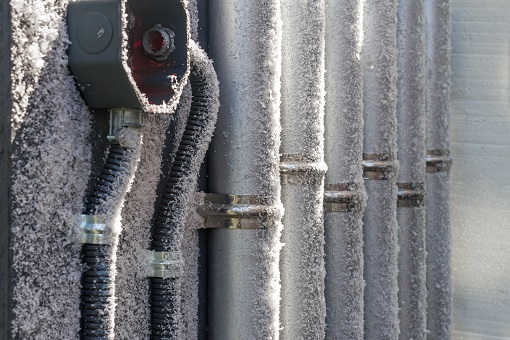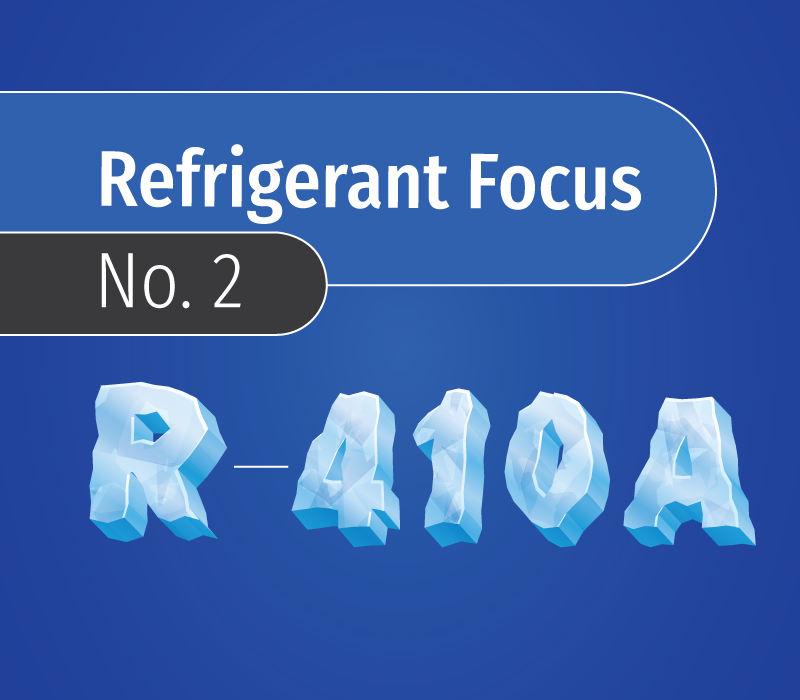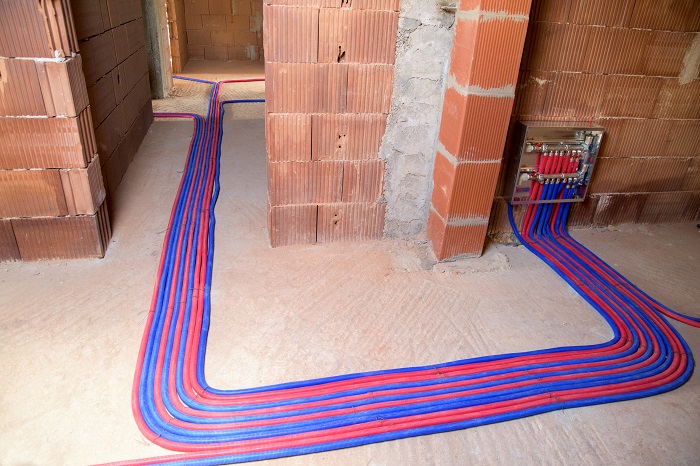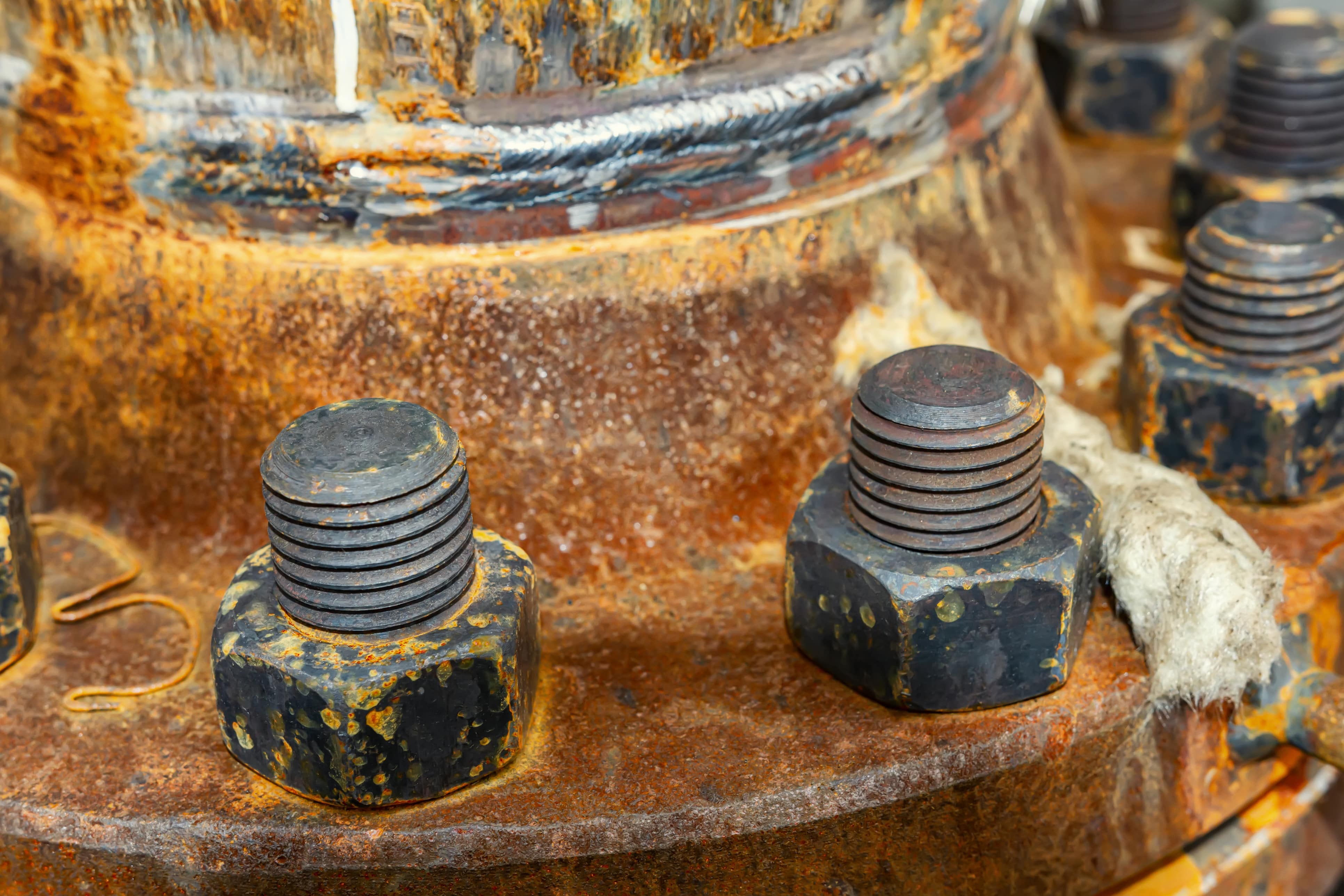We’re super excited to announce that we’ve validated the performance ratings for R-449A and R-448A condensers in Enterprise, our coil selection software. We believe the condenser coil performance model we’ve developed is the most comprehensive and accurate of its kinds in the industry.
We wanted to use this post to briefly explain our testing methodology to our users. We’ll also touch on why performance modeling for these refrigerants has been challenging in the past, and how we plan to improve our model over time.
Read More
Topics:
Heat Exchangers,
Efficiency,
Expertise,
Reliability,
Engineering,
Refrigerants
Hydronics systems? Football? While you may not hear those terms in the same breath every day, there’s actually a mind-blowing amount of design and engineering that help keep football field surfaces playable through the cold winter months.
First, some context
With this year’s big game being played in Tampa Bay, frozen ground won’t play a factor, but January's NFC championship game took place at the site of probably the most famous instance of frozen turf in history - historic Lambeau Field.
Read More
Topics:
Food Storage & Processing,
HVAC,
Expertise,
Reliability,
Engineering
As far as stages go, professional football's championship game is one of the biggest out there, and there’s a small army responsible for making sure everything goes off without a hitch. Behind that army of personnel is an even larger assemblage of vehicles, equipment, and other technology that help along the way – one of which is the heat exchanger.
Heat exchangers of all shapes, sizes, and functions play a part in the Great American Game – from down on the field to very high above it. So, we thought it’d be fun to list some that help to make the big game everything we know and love.
Read More
Topics:
Refrigerated Display Case,
Food Storage & Processing,
Ground Support,
Computer & Electronics Cooling,
HVAC,
Coils,
Efficiency,
Reliability
There are a number of industrial processes that require extremely cold temperatures – sometimes as cold as -150°F. For the equipment used in such applications, those low temperatures pose some unique challenges. In this post, we’ll detail some of the temperatures involved and outline some things to consider with regard to heat exchanger design and materials for low-temp applications.
Read More
Topics:
Food Storage & Processing,
Coils,
Heat Exchangers,
Expertise,
Reliability,
Engineering
Our refrigerant focus series consists of deep dives into the history, properties, suitable applications and pros and cons of some of today’s common refrigerants. This installment will focus on R-410A.
Read More
Topics:
Refrigerated Display Case,
Heat Exchangers,
Efficiency,
Reliability,
Engineering
When designing a heat exchanger, an engineer should not only consider thermal performance, but also external influences that can negatively impact thermal performance, such as fouling.
Read More
Topics:
Power Generation,
HVAC,
Coils,
Nuclear Products,
Efficiency,
Expertise,
Reliability,
Engineering
Gas-tungsten arc welding (GTAW), or more commonly, Tungsten Inert Gas welding (TIG), is a method of arc welding named for the non-consumable tungsten electrode used during the process. TIG welding isn’t the best option in some industries, but as coil manufacturers, it makes sense for us.
Read More
Topics:
Gas Compression,
Military,
Food Storage & Processing,
Power Generation,
Heat Exchangers,
Nuclear Products,
Expertise,
Quality,
Reliability,
Engineering
This article has been updated. It is accurate as of Feb. 8, 2022
For low-temperature hydronic systems, systems in which chillers and AHUs are located outdoors, or other equipment used in low-temperature processes, some form of glycol is a critical ingredient. It works to lower the fluid’s freezing temperature, enabling lower-temperature operation and preventing freezing.
Read More
Topics:
Food Storage & Processing,
Ground Support,
Coils,
Heat Exchangers,
Efficiency,
Expertise,
Reliability,
Engineering
This article has been updated. It is accurate as of 9/23/20.
Heat exchangers used for different applications need different design features. For example, in industries like pulp and paper, lower fins per inch (FPI) are often included to reduce airside fouling and to make for easier cleaning. Other applications such as the military are often concerned with weight, which impacts material selection. For this post, we're going to focus on some unique design choices we often include when building heat exchangers for the refrigerated storage of potatoes, onions, beets and other vegetables.
Read More
Topics:
Food Storage & Processing,
Coils,
Heat Exchangers,
Quality,
Reliability
This article has been updated. It is accurate as of 9/23/20.
For commercial operations that rely on effective heat transfer, external corrosion of heat exchanger components is a major concern. When left unchecked, corrosion can significantly reduce a coil's effectiveness, but sometimes it’s difficult to know which anti-corrosion option best meets your needs.
Read More
Topics:
Refrigerated Display Case,
Food Storage & Processing,
HVAC,
Efficiency,
Reliability,
Engineering












